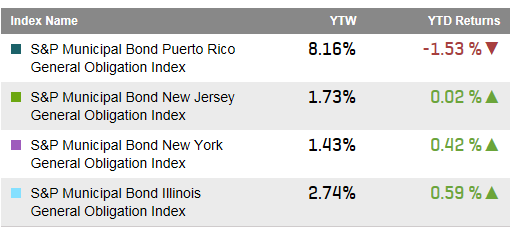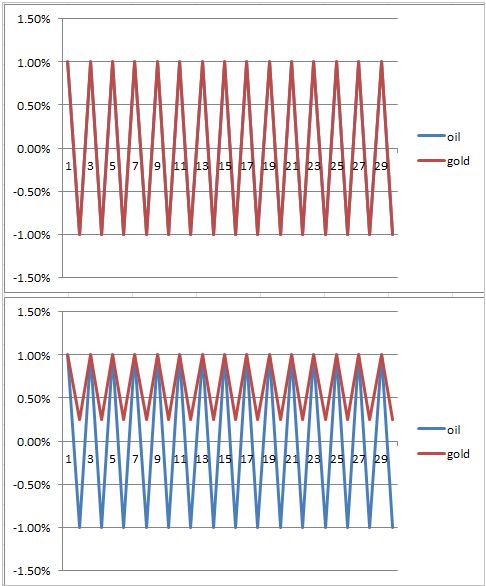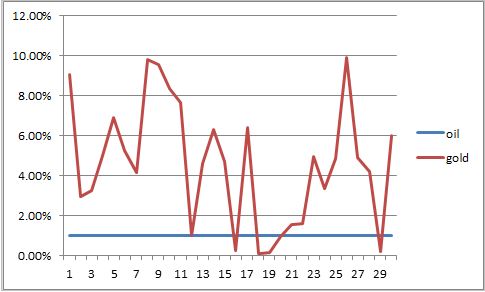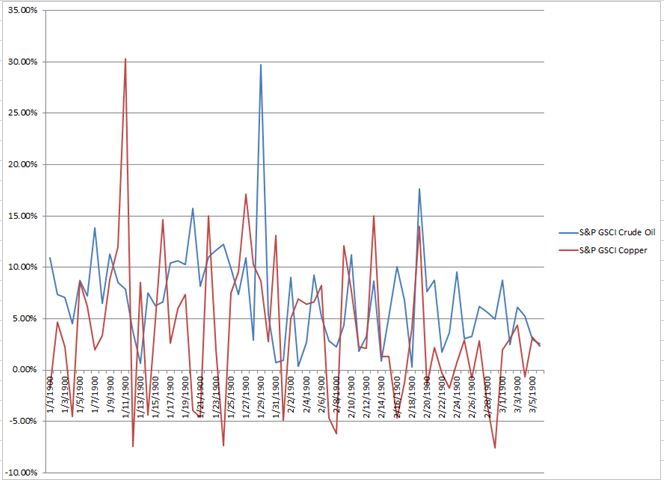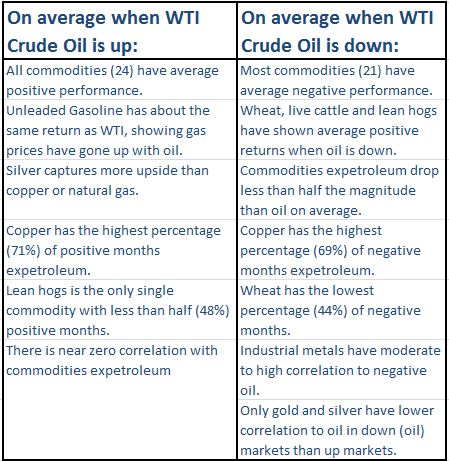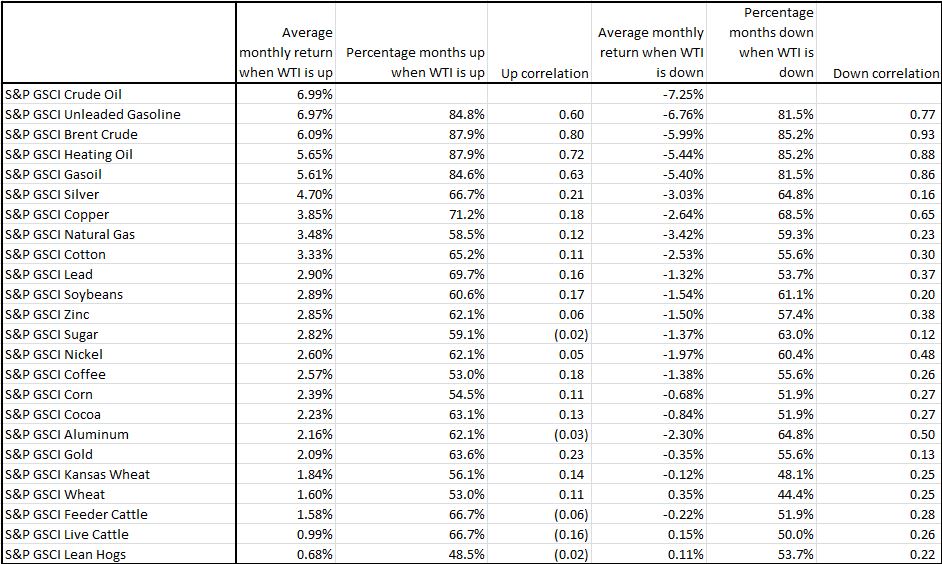Thanks to better risk controls from banks, the historical credit process is no longer directly related to what the central bank does. For example, if the Federal Reserve buys a trillion dollars’ worth of U.S. government bonds, it doesn’t mean that U.S. banks are going to lend any more money. They need to make their own decisions based on their own views, but given very tight capital ratios, it is easy to bump up against the limits, preventing a credit boom. According to Blu Putnam, Chief Economist at CME Group, “If you don’t have a credit boom, you don’t have inflation.”
One might think that after roughly $3 trillion of quantitative easing some inflation might appear. That hasn’t happened yet or really in the past 20 years when core inflation has been 1%-2%. The core inflation didn’t waver much through the tech boom and bust, the housing boom and big bust, and the economic recovery. So, the correlation between central banking activity and the economy and inflation is lost. Thanks to risk control that stopped the credit boom and inflation.
How has inflation been impacted by the Fed? Given the Fed targets a 2% core inflation rate, they expected to see much higher inflation by now given all of their accommodative easing and zero federal funds rate. The fact that inflation hasn’t occurred, not only in the U.S. but not in Europe nor Japan, shows it is not a problem around the world. However, inflation is below its target rate so the Fed has to balance that against its desire to move interest policy up some because of the strong labor market.
Fed decision making has become much more complicated since past relationships don’t seem to hold. Tough decisions aren’t always bad decisions, especially with the strong dollar that also keeps inflation down. Low inflation and booming labor markets might make a good decision easier for the Fed, though that decision may have a bigger impact on the equity market than the credit market and inflation.
To hear a more in depth discussion on inflation, central banks and commodities, please watch our interview with Blu.
The posts on this blog are opinions, not advice. Please read our Disclaimers.










































